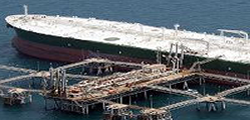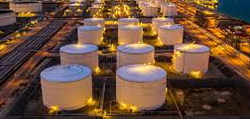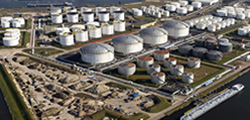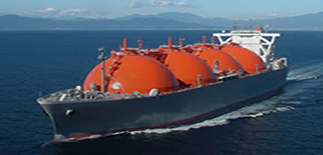ENVIRONMENTAL PROTECTION
- Main Page
- About Company
- Environmental Protection
Environmental Protection
To strengthen the shoreline against landslides and prevent Caspian Sea contamination, the Company uses stepped steel constructions with a particular infill material. These are known as “Reno mattresses.” The NGDU Zhylyoymunaigas Teren-Uzek and Zapadnaya Prorva mines are strengthening an 8.6 km defensive dam. As part of the industrial environmental management program, seven control stations annually check the quality of seawater and seabed deposits; these stations also assess the status of sea wells weekly; collect samples every three months; and issue certificates of inspection.
The Company invests heavily each year to lessen the negative effects that production factors have on the environment, spending over KZT 17.2 billion over the last three years. The Company uses both internal environmental laboratories and independent specialized organizations with suitably equipped facilities and necessary permits/licenses to conduct annual environmental monitoring of the air, underground/surface water, soil, and radiation. Flood-prone and flooded wells are observed in order to assess the impact on the Caspian Sea environment.
In order to eliminate sources of radioactive contamination, the Company gathers radioactive materials (such as tubing, scrap with various diameters, etc.) from field locations for storage at a temporary radioactive waste storage yard each year. The business has been investigating new technology and performing trial testing to disinfect tubes and equipment. It is generally known that soil pollution occurs when downhole equipment is repaired close to wells. Along with other measures, wellhead sites with sewers are being built at fields to prevent contamination. The Company consistently makes efforts to treat, re-cultivate, and repair damaged sites in an effort to get rid of previous contamination. The acquisition of an efficient and environmentally friendly waste treatment unit as well as the implementation of new technologies for reclaiming and recovering oil-contaminated lands are both now underway. The most recent techniques and technologies are also being studied.





